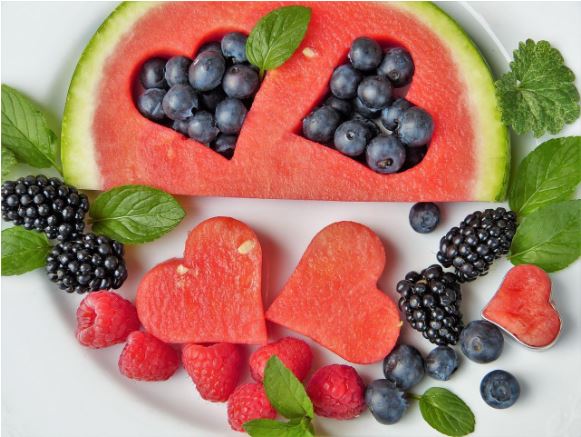The New Year is nearly upon us, and for many people, that means New Year’s resolutions. One of your resolutions may be to eat healthier, especially if you want to reduce your risk for diabetes. Diabetes is the fastest growing health problem in America. It’s causing large increases in healthcare costs and is even growing among children. Whether you’re creating a new food product or just planning to eat healthier yourself, the food product development experts at HSR Associates can help you understand the close connections between sodium and diabetes.
The Link Between Sodium and Diabetes
When you think about foods that are associated with diabetes, you probably think of sugars and carbs. Many people don’t know that high sodium intake is also closely related to diabetes. Here’s why a high-sodium diet can increase the risk of diabetes:
- Hypertension and heart disease: A high-sodium diet greatly increases the risk of developing hypertension (high blood pressure) and heart disease. According to the American Heart Association, adults with diabetes are more than four times as likely to die from heart disease compared to adults without diabetes. Restricting sodium intake can do a lot to help prevent these complications of diabetes.
- Weight gain: High-sodium foods, such as foods that are processed or deep-fried, are often high-calorie as well. This means that weight gain, hypertension, heart disease, and diabetes all go hand in hand. Research shows that losing weight and keeping it off is an extremely important part of a diabetes care and diet strategy such as the Pritikin Eating Plan. Reducing your intake of high-sodium, high-calorie processed foods can help you lose weight and decrease your risk of diabetes and related conditions.
Low-Sodium…and Delicious
Packaged foods are the main source of sodium in the average American diet. According to the FDA, low-sodium packaged foods contain 150 mg or less of sodium per serving, and foods that are considered lower sodium contain 400 mg or less per serving. Sodium content is always detailed in nutrition labels, and the best way consumers can control sodium intake is by reading these labels and choosing lower-sodium options.
Americans average about 3,500 mg of sodium per day, but most people should eat no more than 1,500 mg. People with diabetes should consult their doctor about ideal sodium intake.
If you’re used to a high-sodium diet, other foods may not seem as appetizing. However, healthy packaged foods don’t have to be bland or boring! Food and beverage development consultants work closely with chefs, food scientists, and nutritionists to design and produce delicious food that happens to be low-sodium. Food technology allows consumers to have packaged options that taste great and don’t increase the risk of diabetes. Making just a few substitutions to start is a great way to establish lasting healthy habits.
Creating a New Food Product?
When it comes to creating a new food product, food marketing consultants know how to develop delicious healthy foods while helping consumers understand the importance of lowering sodium. Your food product can be a tasty and appealing alternative to something less healthy.
We’re looking forward to working with you in the New Year! HSR ASSOCIATES specializes in developing new food products and bringing them to market. We provide all the services necessary, from Kitchen To Marketplace. Contact us today at steve@hsrassociates.net.
More great ideas to come from our food product development experts! Stay tuned…………..

